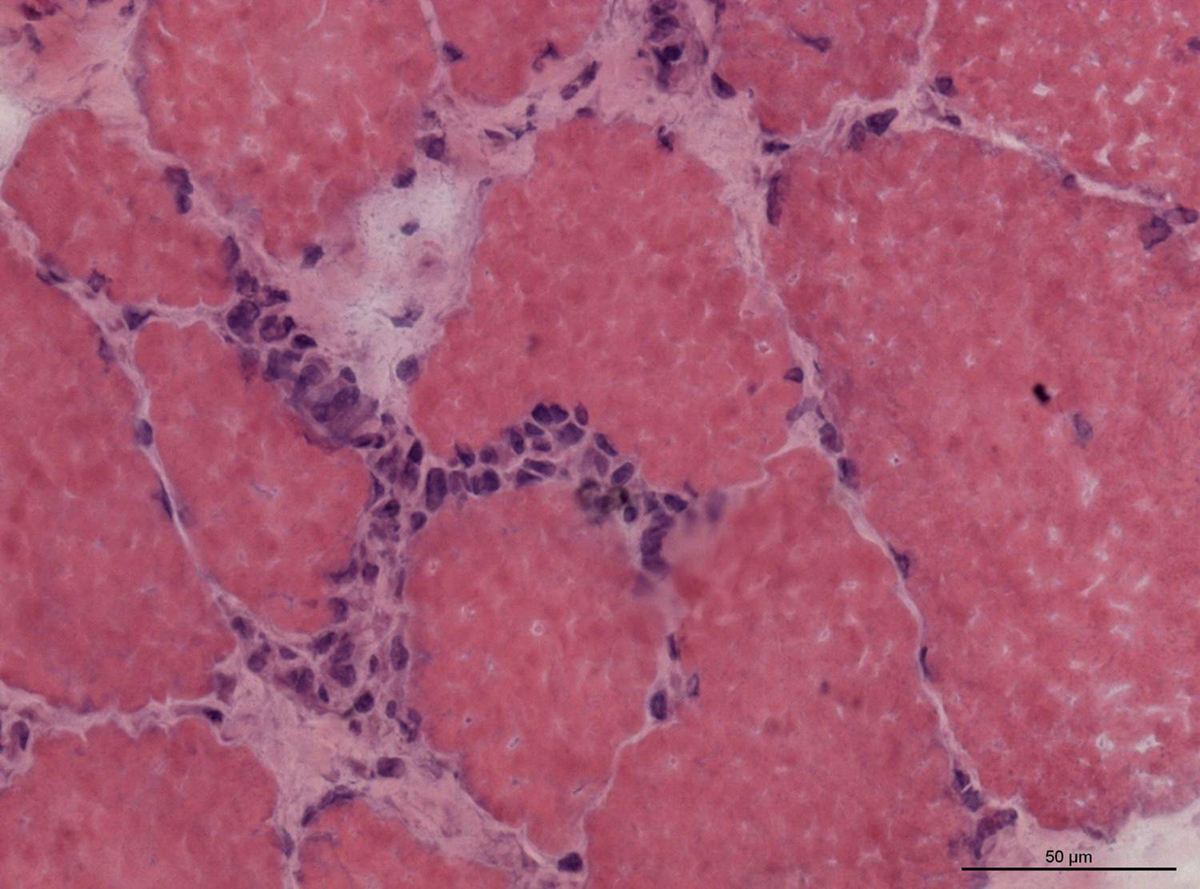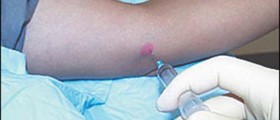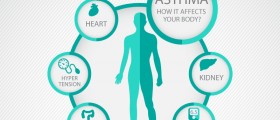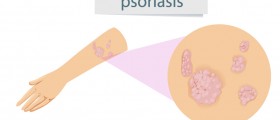
Polymyositis represents a chronic illness characterized by inflammation of skeletal muscles, the ones that control our movement. The condition together with two similar diseases belongs to a group of chronic inflammatory myopathies.
Many times the symptoms first start in adulthood. They are initially mild and progress gradually. Black people seem to be affected more. Women are also more prone to polymyositis than men. Even though patients suffering from polymyositis cannot enter remission, with adequate treatment their condition can be brought under control, their muscles may remain strong or become stronger and the function of the affected muscles can be preserved.
What is Polymyositis?
Polymyositis is still a mysterious condition with unknown underlying causes and uncertain triggers. Medical expert believe that there are many factors participating in the onset of the disease, triggering symptoms. One theory is that polymyositis is actually an autoimmune disease. Some medical experts believe it is connected to genetics while there are also doctors who believe that an individual is predisposed to the condition and the symptoms occur due to some triggers such as viral infections. Polymyositis may be also a consequence of some other diseases, infectious ones for example. Lyme disease and toxoplasmosis are known to cause this type of muscle inflammation.
As far as symptoms and signs of polymyositis are concerned, these are all associated with inflammation affecting skeletal muscles. Muscles become progressively weak. The weakness initially affects proximal muscles and then spreads to distal ones. There is also loss of muscle mass. The loss becomes evident after some times. The most commonly affected parts of the body are the shoulder area and pelvic girdle. Inflammation and subsequent damage of hip extensor muscles interferes with certain activities such as climbing stairs or standing up from a seated position. Disability develops slowly over years.
Around 33% of all patients suffer from difficulty swallowing due to improper function of esophageal muscles. These muscles become weak and do not allow food to smoothly enter the stomach. General symptoms include fever (mainly low grade fever) and enlargement of peripheral lymph nodes.
In rare occasions patients may develop thickening of the fingers and/or hands. This complication is frequent more among patients who suffer from additional autoimmune diseases.
Advanced stages of the disease are blamed for foot drop and may initiate interstitial lung disease.
One of the most serious problems these patients have to face is increased risk of developing certain malignant tumors. Polymyositis is, for example, closely connected to non-Hodgkin lymphoma, lung cancer, bladder cancer, ovarian and pancreatic cancer.
Possible Treatments and Support
Treatment for polymyositis may start only when the condition is confirmed. An increase of creatine kinase, patient's history along with physical examination, abnormal results of electromyography and positive muscle biopsy are all necessary for confirmation of the diagnosis. Differential diagnosis includes inclusion body myositis and dermatomyositis. Therefore, these two must be ruled out. Unlike inclusion body myositis that many times simply does not respond to treatment, symptoms and signs of polymyositis are easily dealt with.
The main goal of the treatment is to improve muscle strength. What is more, some treatments maintain function of the affected muscles and prevent further progression of the disease. The most important thing is to start treatment on time. Each and every patient is treated individually. In case the patient fails to respond well to initial treatment, doctor will choose other treatment modality.
For many years polymyositis has been successfully treated with corticosteroids. Prednisone is the most commonly prescribed corticosteroid for this purpose. Prednisone as well as other corticosteroids is a powerful anti-inflammatory drug, capable of reducing the activity of the immune system drastically. It suppresses the production of antibodies (in this case autoantibodies) and subsequently reduces muscle inflammation. If there is no inflammation, muscles have a chance to recover and regain strength. Initially, all patients are administered high doses of corticosteroids. The dose is slowly reduced. The goal is to achieve best results with the smallest dose possible because this way side effects are reduced to minimal. It is a practice to take several more drugs together with corticosteroids if these are used for a long period of time. For instance, H2 blocker may prevent peptic ulcers triggered by Prednisone.
If corticosteroids alone do not provide with desirable effects, patients require different approach. In such case they are prescribed a combination of corticosteroid sparing agents and corticosteroids. So, patients take low dose of a corticosteroid drug and another drug, usually azathioprine or methotrexate.
More severe cases can benefit from intravenous immunoglobulin (IVIG). The treatment must be repeated every 6--8 weeks because only this way effects of the therapy are preserved.
There are several more drugs these patients can benefit from. They include tacrolimus, cyclophosphamide and Cyclosporine. The most severe cases require biological therapies with rituximab or tumor necrosis factor inhibitors.
Finally, apart from medicamentous treatment patients suffering from polymyositis are due to engage in physical therapy and change their diets.
















-Symptoms,-Diagnosis,-Treatment_f_280x120.jpg)
Your thoughts on this
Loading...